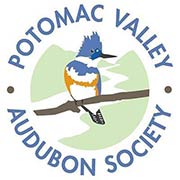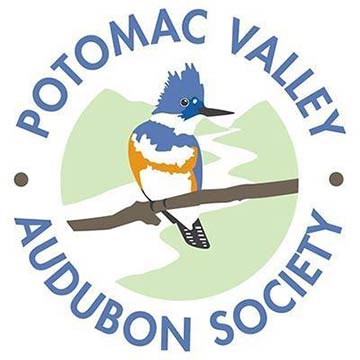View Shorebird Locations in the Four County Area in a larger map
Shorebird Locations (Sp, S, F)
Description. You wouldn’t think that West Virginia would have much to offer when it comes to shorebirds. Despite being “land locked” with no coastal areas a good number and variety of shorebirds pass through the state every year. No less than 22 species have been recorded in the Eastern Panhandle over the last 10 years. Breeders like American Woodcock, Killdeer and Spotted Sandpiper are always a treat to see. American Woodcock and Killdeer are year round residents.
Trip Planning. No special preparation is required however common sense should be used at all times. All of the ponds and drainages mentioned are filled by rainfall. Stauffer’s Marsh is fed by local runoff so seasonal rainfall has a big impact on it as well. Too little or too much rain can have a profound effect on available habitat. A spotting scope will be very helpful scanning for shorebirds.
Seasonal Variation. The best time to visit these areas is late April through the end of May during spring migration and then mid-July though the first week of November during the protracted fall migration. As mentioned above the abundance or lack of rainfall will make some of these locations better than others. For example; if there is a lot of spring rain the ponds will offer little mud/sand margins for the smaller shorebirds to use. You would find mostly the longer legged and larger shorebirds like Solitary Sandpiper, Lesser Yellowlegs and Greater Yellowlegs. Shorebird species migrate at different times. Greater Yellowlegs is among the earliest migrants in the spring starting to come through the last third of April. Semipalmated Plover peaks during first week of May while Short-billed Dowitchers and White-rumped Sandpipers will represent some of the later migrants.
In the fall, failed breeders and adult birds will be the first to show up in mid-July followed by juvenile birds some 4 to 6 weeks later. August through mid-September is a great time to be looking for shorebirds.
Weather plays a big role in the numbers and variety of species seen. Going out after a summer thunderstorm can sometimes produce excellent opportunities.
Directions. There are five locations mentioned below. Two are in Jefferson county and three are in Berkeley county. Directions to all will start from a “known location”. Find that location and then follow the directions accordingly.
- Huntfield wetland drainage: From the intersection of Rt 340 and Rt 9 east of Charles Town, West Virginia. Take Rt 340 south to the light at Augustine Ave. Turn right and then make a left into the Huntfield subdivision. Turn right on Calmes St. and take that to the end. The pond will be of front of you.
- Burr Industrial drainage: Heading west out of Charles Town, West Virginia take Rt 9 towards Martinsburg. Take the exit for Wiltshire road / Bardane and turn left going back under the highway. In about ½ mile turn left onto W. Burr Blvd. Turn right onto McGarry Blvd which leads into an undeveloped industrial complex. The pond will be on your right.
- 901 Pond: Take I-81 north out of Martinsburg, West Virginia to exit 20 (Rt 901 – Spring Mills Rd). Go east (right) and make a left at the first light going in towards the Sheetz convenience store. You’ll see concrete blocks ahead of you. Park at the blocks and walk a short way to the pond on the right.
- Archer’s Rock drainage: Near Martinsburg, West Virginia take exit 16 west (Rt 9) to Harlan Springs Rd. Turn right and follow 1.5 miles (crossing an old railroad bridge in the process) to the Archer’s Rock subdivision. Turn right. Ponds are on both sides of the road.
- Stauffer’s Marsh: South out of Martinsburg, West Virginia on I-81 take exit 5 (Inwood). Right onto county Rt 51. Go through Gerrardstown and proceed up the ridge to a 4 way stop. Go straight (road now becomes Buck Hill Road) and follow the twisting and turning road 4-5 miles (where you will cross Back Creek) and emerge into a valley. In Shanghai you’ll get to a stop sign. Turn left on Back Creek Valley Road and go ¾ mile to a parking lot at the marsh.

